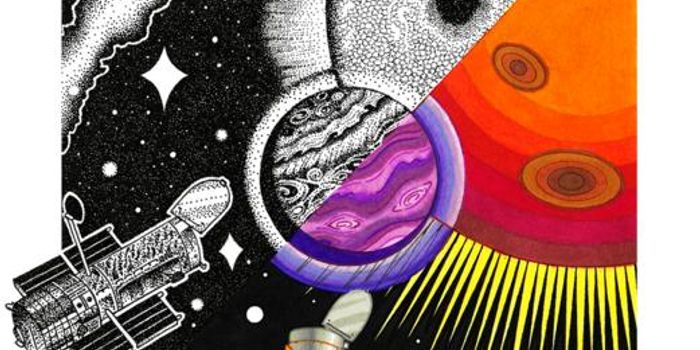Sub-nanoparticle catalysts prove effective
Researchers at the Tokyo Institute of Technology have developed a technique to control the size and composition of sub-nanoparticles. Led by Dr. Takamasa Tsukamoto and Professor Kimihisa Yamamoto, the results detailing the macromolecular template, which they call a phenylazomethine dendrimer, are published in Angewandte Chemie International Edition.
Sub-nanoparticles (SNPs) are nanoparticles with a diameter of 1 nm or less. They are significantly more useful than nanoparticles because all of their atoms are exposed for reactions and they have a high semi-conductivity. Because of this, researchers are interested in using SNPs as catalysts for industrial reactions. Yet, until now, there has been a delay in making this a reality because conventional production methods for nanoparticles can’t be used on SNPs.
In developing the phenylazomethine dendrimer, the researchers utilized the atom hybridization method (AHM) to control and design the size and composition of the SNPs. They also analyzed the chemical reactivity of alloy SNPs.
"We created monometallic, bimetallic, and trimetallic SNPs (containing one, combination of two, and combination of three metals respectively), all composed of coinage metal elements (copper, silver, and gold), and tested each to see how good of a catalyst each of them is," reports Dr. Tsukamoto.
They determined that these SNPs were stable and more effective and had a higher catalytic performance than their corresponding nanoparticles. Of the SNPs they created, the trimetallic combination "Au4Ag8Cu16" demonstrated the highest turnover frequency. The key to this development is that these SNPs were created under mild conditions compared to conventional nanoparticles.
Professor Yamamoto commented: "We demonstrate for the first time ever, that olefin hydroperoxygenation can be catalyzed under extremely mild conditions using metal particles in the quantum size range. The reactivity was significantly improved in the alloyed systems especially for the trimetallic combinations, which has not been studied previously."
The team is confident that their technique will be helpful in future innovations with SNPs, citing the belief that sub-nanomaterials can be derived from diverse elements and can address some of the energy crises facing our planet.
Sources: Angewandte Chemie International Edition, Science Daily









